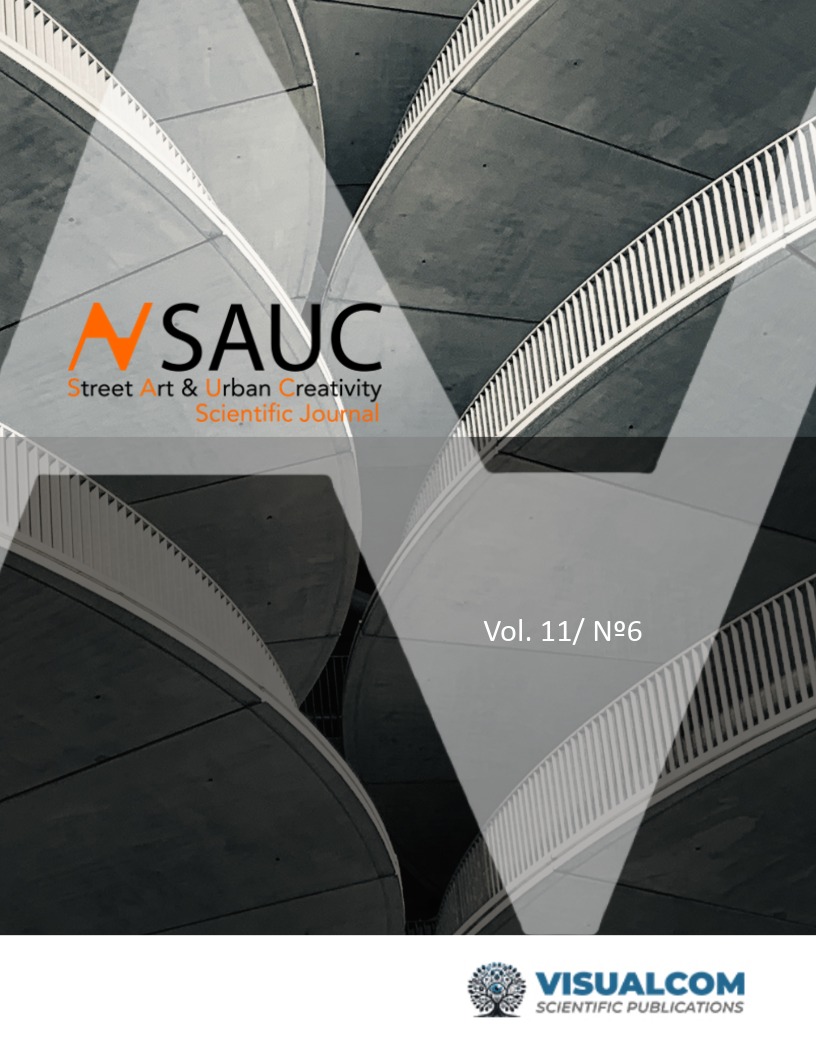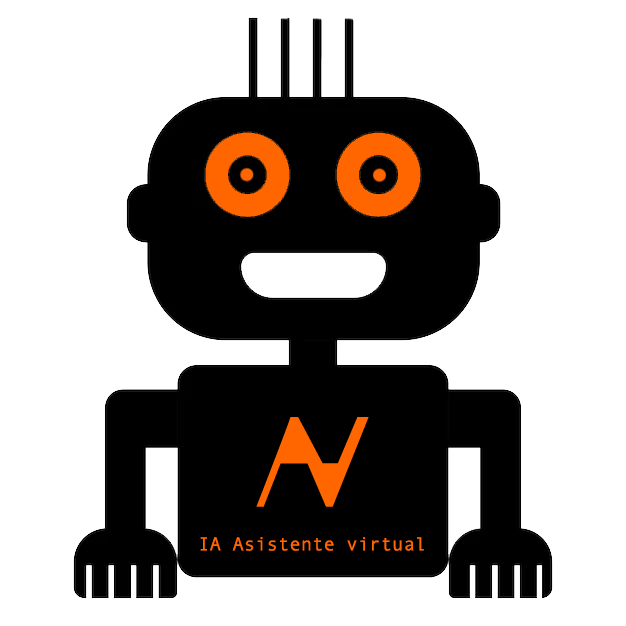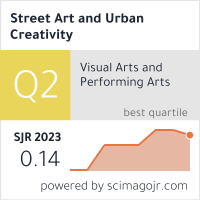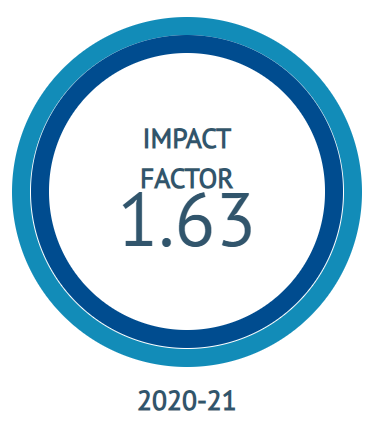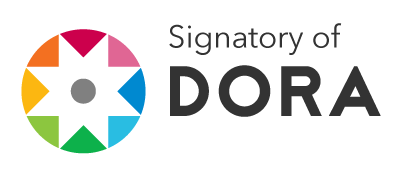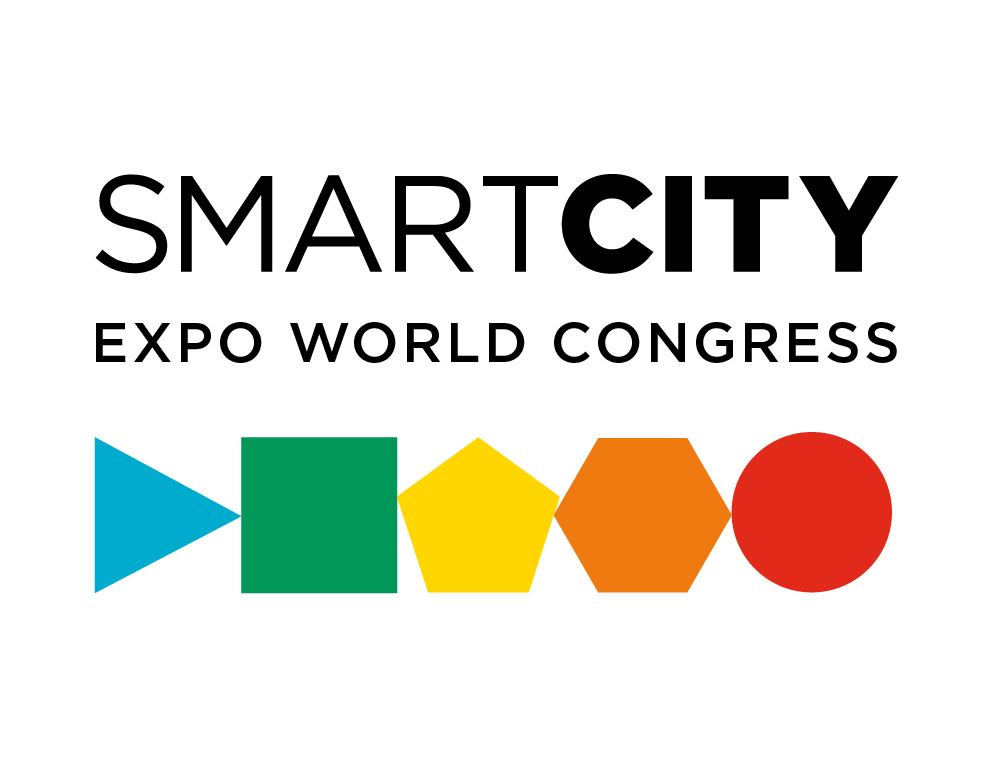The Art of Action in Education
A Tool for Raising Public Awareness
DOI:
https://doi.org/10.62161/sauc.v11.5705Keywords:
Social Education, Social Justice, Art, Community, ArtivismAbstract
This study investigates the intersection between art and social pedagogy through artivism, exploring its potential for social transformation and critical consciousness, based on Paulo Freire's model. It analyzes the impact of artivism on practitioners (artivists) and students involved in these practices, to integrate art and social pedagogy and foster social change. Using a qualitative approach, experiences of artivists and students in Spain are examined through interviews and content analysis. The results reveal that artivism catalyzes personal and collective transformations, promotes critical and empathetic perspectives, and facilitates a deeper understanding of art as a tool for expression and change. Students develop social awareness, and artivists highlight the value of art in social diagnosis and community engagement. The study concludes that artivism is an effective pathway to transformative education and equitable.
Downloads
Global Statistics ℹ️
|
218
Views
|
86
Downloads
|
|
304
Total
|
|
References
Aladro-Vico, E., Jivkova-Semova, D., & Bailey, O. (2018). Artivism: A new educative language for transformative social action. [Artivismo: Un nuevo lenguaje educativo para la acción social transformadora]. Comunicar, 57, 09-18. https://doi.org/10.3916/C57-2018-01 DOI: https://doi.org/10.3916/C57-2018-01
Alvira, F. (2002) Diseños de investigación social: Criterios operativos. In Manuel García Ferrando, Jesús Ibáñez and Francisco Alvira (compilers) El análisis de la realidad social. Métodos y técnicas de investigación (3rd edition). pp. 99-144. Madrid: Alianza
Alonso, L.E., (1999). Subject and discourse: The place of the open-ended interview in the practices of qualitative sociology. In Juan Manuel Delgado and Juan Gutiérrez (Coord.) Métodos y técnicas cualitativas de investigación en ciencias sociales. Madrid: Síntesis (225-240).
Ardenne, P. (2002) A contextual art. Artistic creation in urban environment, in situation, of intervention, of participation. Cendeac. Murcia.
Badía, M. (2017). Visual arts in people with dementia: systematic review. Art Individual and Society, 29 (Eng), 9 - 23.
Blanco, V. and Cidrás, S. (2019). Educating through art. Kalandraka
Builes, C. (May 19, 2018). The subversive stitch: sewing as an act of resistance. El Espectador. https://www.elespectador.com/noticias/cultura/la-puntada-subversiva
Calamaro, P. (2018). Emotional intelligence as a tool for social work with groups. Catholic University of Salta. University School of Social Work.
Cea D'Ancona, Mª.A. (2012). Fundamentals and applications in quantitative methodology. Síntesis.
Cliff, S. and Camic, P. (2015). Oxford Textbook of Creative Arts, Health, and Wellbeing: International perspectives on practice, policy and research (1st ed). (pp. 1-23). Oxford University Press. DOI: https://doi.org/10.1093/med/9780199688074.001.0001
Declaration of Helsinki. Ethical Principles for Research Involving Human Subjects. 59th General Assembly, Seoul, Korea, October 2008. [Accessed May 20, 2020]. http://www.wma.net/ en/30publications/10policies/b3/index.
Denzin, N. and Lincoln, Y. (1998). Collecting and interpreting qualitative materials. Sage.
Díaz, Y. and González, L. (2019). Gender analysis in university education in Social Work in Spain. Cuadernos de Trabajo Social, 32(2), 351-363. https://doi.org/10.5209/cuts.58332 DOI: https://doi.org/10.5209/cuts.58332
Eisner, E. (2004). Art and the transformation of the mind. The role of the visual arts in the transformation of consciousness. Paidós
Ferrán, E. (Eds.). Social work: art to generate links (pp.266-270). Deusto.
Freire, P. (2011). Pedagogy of hope: a reencounter with the pedagogy of the oppressed. Siglo XXI.
Gardner, H. (2011). Inteligencias múltiples: la teoría en la práctica. Paidós.
G. Cano, M. (2013). Art, context and participation. The hospital as an artistic space. Unpublished doctoral thesis. https://eprints.ucm.es/id/eprint/22527/
García Cano, M., Gil-Ruiz, P. & Martínez-Vérez, V. Visual arts museums as learning environments in the undergraduate and postgraduate programmes of the Faculty of Education at the Complutense University of Madrid. Int Rev Educ 71, 109–134 (2025). https://doi.org/10.1007/s11159-024-10100-x DOI: https://doi.org/10.1007/s11159-024-10100-x
Gil-Ruiz, P., & Domínguez-Lloria, S. (2025). La inteligencia artificial generativa de imágenes como colaboradora para la creatividad: un estudio de caso grupal. Arte, Individuo y Sociedad, 37(2), 339–351. https://doi.org/10.5209/aris.99030 DOI: https://doi.org/10.5209/aris.99030
Gómez-Ciriano, E., Herránz de la Casa, J.M. and Mercado, E. (2016). The MOMU project, or how to work synergistically from journalism, fine arts and social work to promote the labor integration of young people in situations of social vulnerability. In Cinta Guinot and Ane Ferrán, E. (Eds.). Social work: art to generate links (pp.266-270). Deusto Digital.
González-García, R. (2019). The educational turn of art as a tool for social transformation in the new museums of the 21st century. Eikón Imago, 14. 199-216. https://doi.org/10.5209/eiko.73434 DOI: https://doi.org/10.5209/eiko.73434
Hammersley, M. and Atkinson, P. (1994). Ethnography: research methods. Paidós.
Huerta, R. (2023). Artivism and creativity in teacher education: cemeteries, art and literature. Art and Politics of Identity, 29, 65-86. https://doi.org/10.6018/reapi.598721 DOI: https://doi.org/10.6018/reapi.598721
Ibáñez, J. (2002). Cómo se realiza una investigación mediante grupos de discusión en Manuel García Ferrando, Jesús Ibáñez y Francisco Alvira (Compilers). El análisis de la realidad social. Métodos y técnicas de investigación (3rd ed.) (pp.283-297). Alianza.
Kvale, Z. (2011). The interview in qualitative research. Morata.
López, A. (2010). Towards a theoretical model of Social Work with groups. In López, A. (Ed.) Teoría del Trabajo Social con grupos. UNED.
López, A. (2012). Profession, science and citizenship: challenges for Social Work and Social Services in the 21st century. Azarbe. International Journal of Social Work. 1. 61-71. https://doi.org/10.2307/j.ctv6hp39z DOI: https://doi.org/10.2307/j.ctv6hp39z
Llopis, R. (2004). Grupos de discusión. Madrid: ESIC
Marín-Viadel and Roldán (2017). Visual ideas: Arts-based research and artistic research. University of Granada.
Martínez-Vérez, V. (2023). Art and social work: an interdisciplinary experience to work resilience in the field of professional training. Art, individual and society, 35(3). 1-16. https://dx.doi.org/10.5209/aris.86685 DOI: https://doi.org/10.5209/aris.86685
Martínez-Vérez, M. V., Albar-Mansoa, P. J., López-Méndez, L. and Torres-Vega, S. (2020). Art capsules: memory in the face of Alzheimer's disease. Interface (Botucatu), 24, 1-15. https://doi.org/10.1590/Interface.200128. DOI: https://doi.org/10.1590/interface.200128
Martínez-Vérez, M. V., Albar-Mansoa, P.J. and Pallarés-Piquer, M. (2022). Non-places, school and identity: performance as an educational tool. Educaçâo & sociedade, 43. https://doi.org/10.1590/ES.244848 DOI: https://doi.org/10.1590/es.244848
Mesías-Lema, J. (2018). Artivism and social conscience: Transforming teacher training from a sensibility standpoint. [Artivism and social commitment: Transforming teacher training from a sensibility standpoint]. Communicate, 57, 19-28. https://doi.org/10.3916/C57-2018-02. DOI: https://doi.org/10.3916/C57-2018-02
Moreno A. (2016). Artistic mediation: art for social transformation, social inclusion and community development. Octaedro.
Moreno, A. (2022). Artistic mediation and art therapy. Delimiting territories. Encuentros. Journal of Human Sciences, Social Theory and Critical Thinking. 15, 32-45. http://doi.org/10.5281/zenodo.5979840
Moreno, R. (2019). Feminismos. La Historia. Akal.
Niedbalski, J., & Ślęzak, I. (2017). Computer Assisted Qualitative Data Analysis Software. Using the NVivo and Atlas.ti in the Research Projects Based on the Methodology of Grounded Theory. In: Costa, A., Reis, L., Neri de Sousa, F., Moreira, A., Lamas, D. (eds) Computer Supported Qualitative Research. Studies in Systems, Decision and Control, vol 71. Springer, Cham. https://doi.org/10.1007/978-3-319-43271-7_8 DOI: https://doi.org/10.1007/978-3-319-43271-7_8
Pérez, V. M. O. (2021). Social pedagogy and social education. Revista Educação Em Questão, 59(59). https://doi.org/10.21680/1981-1802.2021v59n59ID24018 DOI: https://doi.org/10.21680/1981-1802.2021v59n59ID24018
Quilez, M. (2018). Female student body in plastic arts and design education in the Spanish public education system 1940-2015. EARI. Educación artística revista de investigación, 9, 174-191. http://dx.doi.org/10.7203/eari.9.12101 DOI: https://doi.org/10.7203/eari.9.12101
Raquejo, T. and Perales, V. (2022). Ecosocial art. Other ways of thinking, doing and feeling. Plaza y Valdés.
Reidl, L.M. (2012). Research design in education: current concepts. Research Methodology in Medical Education, 1(1), 35-39. http://riem.facmed.unam.mx/ojs/in-dex.php/riem/article/view/399/370
Rey, A. (2022). The book of collective intelligence: What happens when we do things together. Madrid: Editorial Almuzara.
Ritzer, G. (1996). Contemporary sociological theory. Mc Graw Hill.
Rodríguez, A. and Aldekoa, X. (2024). Indestructibles. https://indestructiblesafrica.org/
Ruíz-Olabuenaga, J. I. (2012). Methodology of qualitative research. Universidad de Deusto.
Segade, S. and García-Castillo, (2022). Fundamentals of Social Work. Aranzadi
Scales, B.J. (2013). Qualitative analysis of student assignments: a practical look at ATLAS.ti. Reference Services Review, 41(1), 134-147. https://doi.org/10.1108/00907321311300956. DOI: https://doi.org/10.1108/00907321311300956
Vallés, M. (1999). Qualitative techniques in social research. Methodological reflection and professional practice. Síntesis.
Venketest, V., Ruprecht, L., & Ferede, M.K. (2023). Arts Education: An investment in quality lerning. UNESCO. United Nations Educational, Scientific and Cultural Organization. https://unesdoc.unesco.org/ark:/48223/pf0000386034
White, M. (2009). Arts development in community health: a social tonic. Radcliffe Publishing
Downloads
Published
How to Cite
Issue
Section
License
Copyright (c) 2025 Authors retain copyright and transfer to the journal the right of first publication and publishing rights

This work is licensed under a Creative Commons Attribution-NoDerivatives 4.0 International License.
Those authors who publish in this journal accept the following terms:
-
Authors retain copyright.
-
Authors transfer to the journal the right of first publication. The journal also owns the publishing rights.
-
All published contents are governed by an Attribution-NoDerivatives 4.0 International License.
Access the informative version and legal text of the license. By virtue of this, third parties are allowed to use what is published as long as they mention the authorship of the work and the first publication in this journal. If you transform the material, you may not distribute the modified work. -
Authors may make other independent and additional contractual arrangements for non-exclusive distribution of the version of the article published in this journal (e.g., inclusion in an institutional repository or publication in a book) as long as they clearly indicate that the work was first published in this journal.
- Authors are allowed and recommended to publish their work on the Internet (for example on institutional and personal websites), following the publication of, and referencing the journal, as this could lead to constructive exchanges and a more extensive and quick circulation of published works (see The Effect of Open Access).

